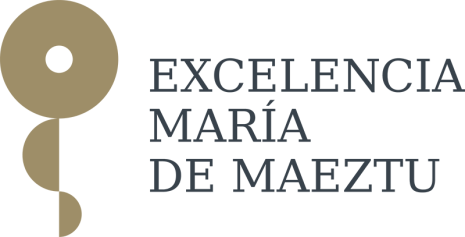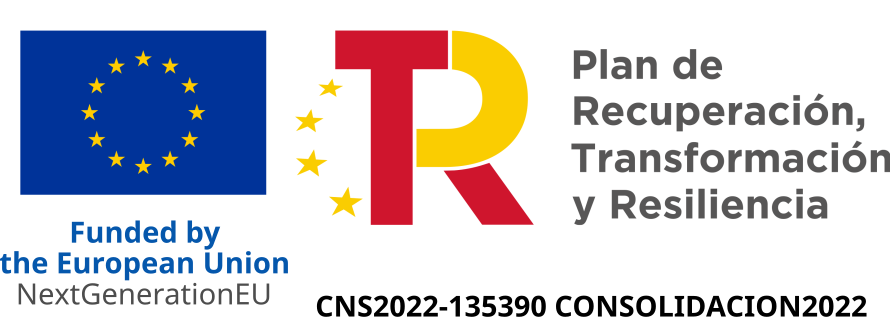Formation of Singularities in the MCF
Francisco Martín IMAG
The Mean Curvature Flow (MCF) describes the evolution of hypersurfaces in Euclidean space, driven by their mean curvature, which tends to smooth out geometric irregularities over time. However, singularities inevitably develop during the flow, marking critical points where the smooth evolution ceases. In this talk, we will examine the formation of singularities in MCF, focusing on the crucial role of tangent flows in their analysis. Tangent flows, which emerge as blow-up limits near singularities, often exhibit self-similar structures. We will highlight how the mean curvature flow produces a specific type of tangent flow at the first singularity, preserving notable geometric and topological properties of the compact initial data. This presentation is based on an ongoing work with David Hoffman and Brian White.





